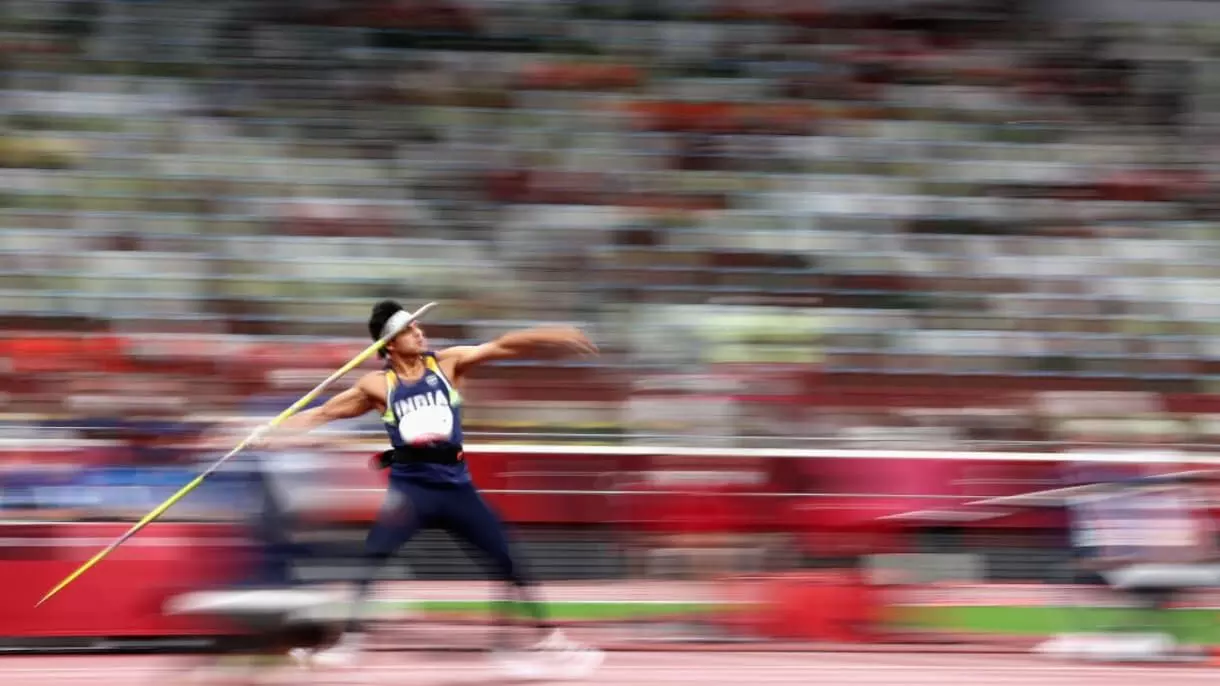From Ancient Greece to Bengaluru: India Hosts First International Javelin Competition

Long before it became a medal-deciding Olympic discipline or a point of national pride, the javelin was a test of survival skill and physical mastery — a weapon turned sport, stretching back to the days of ancient Greece.
Now, as Bengaluru prepares to host The Neeraj Chopra Classic, the first international javelin competition ever held on Indian soil, understanding the deep history of this discipline adds weight and wonder to the spectacle about to unfold.
Knowing the evolution of the sport isn't just a matter of trivia; it gives today’s audience a sense of place, purpose, and pride. For young athletes and fans alike, recognising the journey from wooden spears to carbon-fiber missiles, from Eric Lemming’s early throws to Neeraj Chopra’s Olympic gold, transforms a contest of distance into a celebration of human progress.
In the ancient Olympic Games, the javelin featured as part of the Pentathlon, comprising both distance and target throws. It was a discipline that tested not just physical strength but precision and technique.
After fading for centuries, javelin contests were revived in 19th-century Sweden and Germany, often using bamboo spears, until modern equipment and formal rules gradually took over.
Swedish great Eric Lemming, with a 62.32m winning throw at the 1912 Stockholm Olympics, was the first officially recognised world record holder, setting the benchmark for what would become a fierce and technical global event. The Nordic countries, especially Finland, continued to dominate, producing multiple Olympic champions and record holders.
Then came the astonishing feat of Uwe Hohn in 1984, who hurled the javelin a world-shaking 104.80 metres in Berlin. So profound was this throw that it prompted the redesign of the javelin itself, shifting the centre of gravity forward to reduce distance and improve safety for athletes, judges, and spectators.
Since that rule change in 1986, no one has matched Czech legend Jan Zelezny, whose majestic 98.48m throw in 1996 remains the longest with the new model javelin. Zelezny's career — spanning two decades, 245 competitions, and three Olympic medals — represents not just excellence but endurance in a discipline that blends brute force with balletic balance.
And now, carrying forward this legacy, is India’s own Neeraj Chopra, who scripted history at the Tokyo 2020 Olympics with a gold medal that lifted an entire nation’s aspirations.
The Neeraj Chopra Classic is more than a meet named after a star — it’s the formal entry of India into the exclusive club of nations that nurture, host, and honour the javelin throw.
As the sun readies to dip behind the skyline of Bengaluru, the Sree Kanteerava Stadium is brimming with expectation. Flags flutter. Volunteers brief athletes. Spectators stream in — some seasoned athletics fans, others drawn by the name and aura of Neeraj. The air hums with potential.
This evening’s Neeraj Chopra Classic will see top international throwers compete alongside a select group of international athletes. The event follows global standards: a 36.50m runway, six throws per finalist, and men’s javelins weighing 800 grams. But more than numbers and techniques, it’s the storytelling that makes this moment special — a storytelling embedded in the history of the javelin, and the stars who made it immortal.
For every child in the stands or watching from home, learning about Lemming, Hohn, and Zelezny enriches their understanding of Chopra’s greatness. They become not just fans, but students of the sport — part of the continuum.
And for India, this is not just a sporting event. It’s an announcement: that the land of Neeraj Chopra is ready to host, ready to lead, and ready to inspire.
